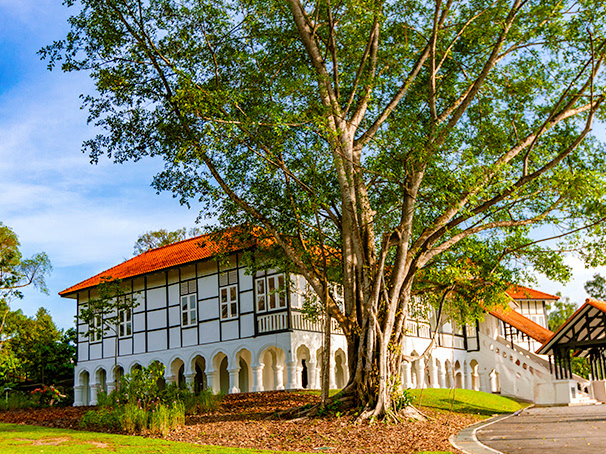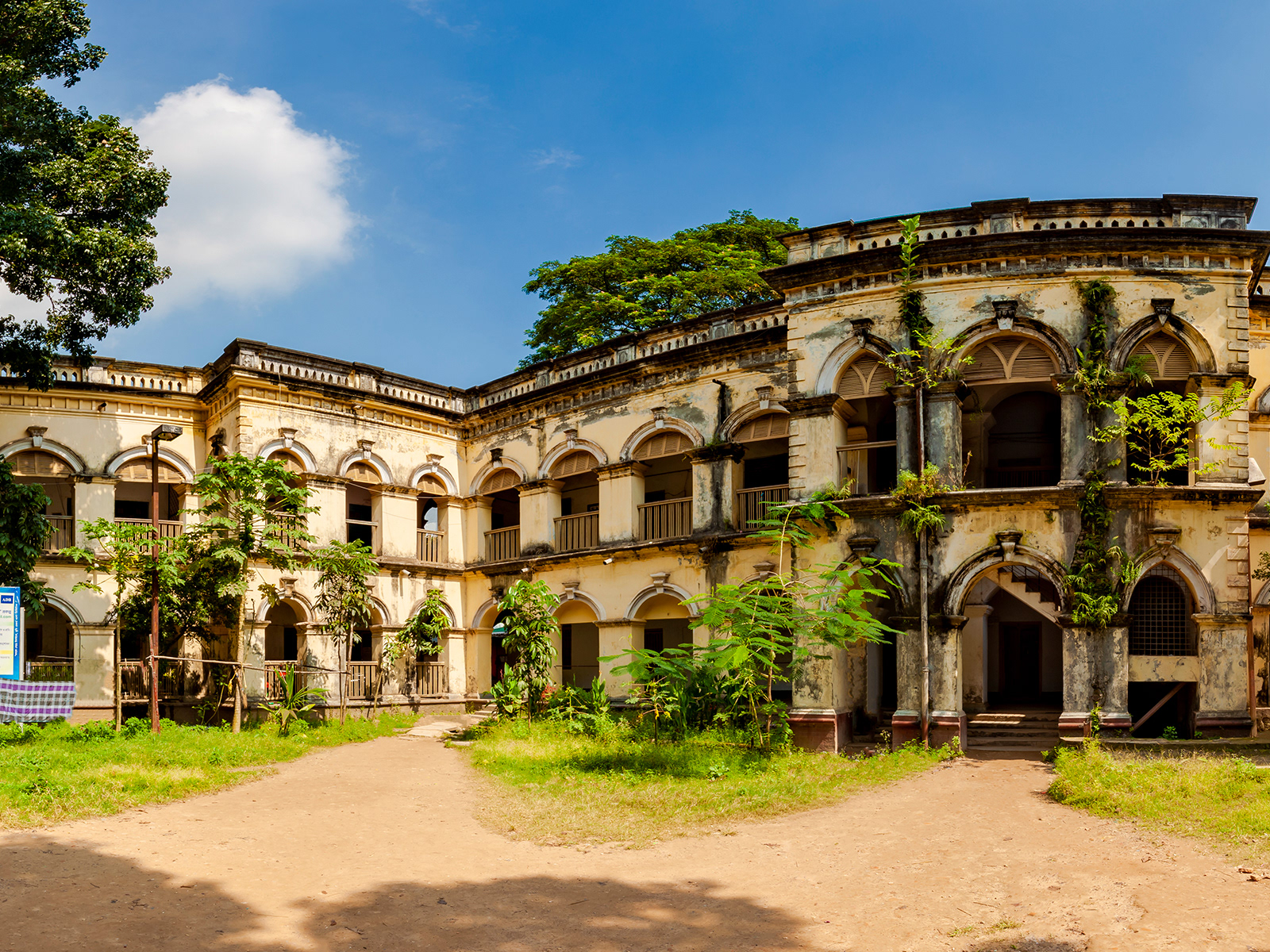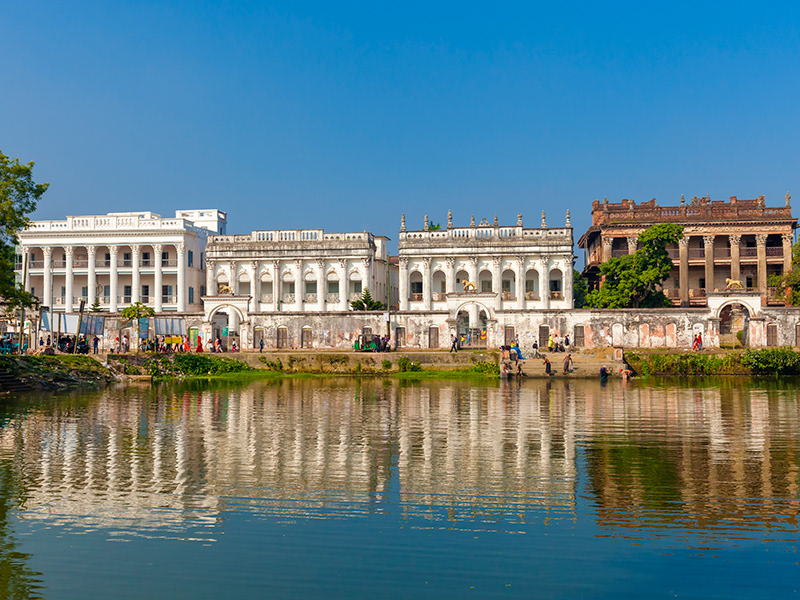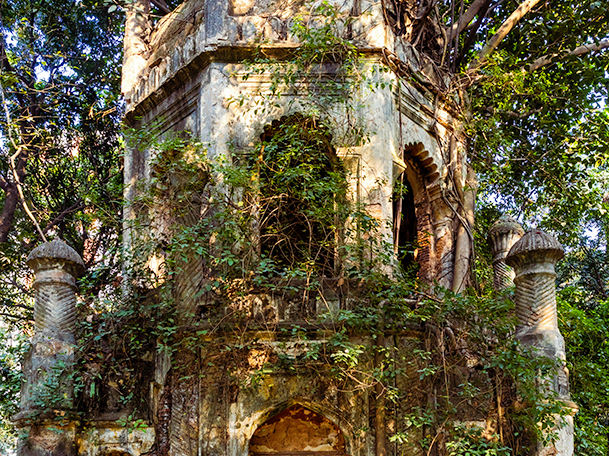Indigo plantations in Bengal during the 18th century, led by the East India Company, were a profitable but controversial business. The use of blue dye in the British cotton industry drove the demand but there were negative consequences for local farmers. Growing indigo has detrimental effects on the fertility of soil because, this leads to fewer crop yields in future years. More significantly, the farmers were often forced to plant indigo by the British planters and were paid less than they would have been paid had they been growing alternative crops. Farmers were forced to take crippling loans to pay for debts that their crop sales could not sustain leading to the eventual Indigo Revolt in Bengal in 1859. The revolt eventually led to a commission in 1860, the Indigo Commission, and in 1862 the passing of the Indigo Act which prevented planters from being able to force farmers to plant indigo. This eventually led to a decline in indigo plantations in Bengal.
In the case of the Murapara Zemindar house, we are told that the wealth to build this grand building came from a gift given to Ram Ratan Banerjee by a British Indigo Plantation owner leaving Bengal to return to the UK. The implication being that Ram Ratan Banerjee was in the service of the planter and the reward for this service and loyalty was a large gift of wealth.
As told, the planter decided to leave Bengal following the death of his daughter from Malaria. Grief stricken, the planter asked Ram Ratan Banerjee what he wanted before he left. We are told that in reply Ram Ratan was given a trunk full of money and ornaments. There is some suggestion that this was more a pay off for his silence than it was in gratitude for his service and loyalty but it is hard to know either way. We are also informed that Ram Ratan Banerjee was appointed as treasurer of the Natore estate which would explain why this Palace acquired the status of a Zemindar house.
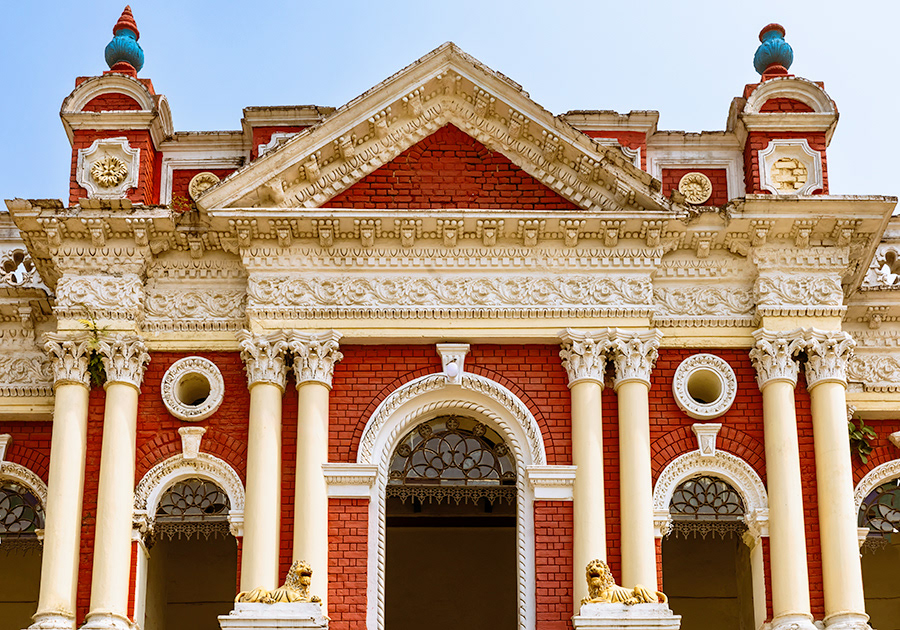
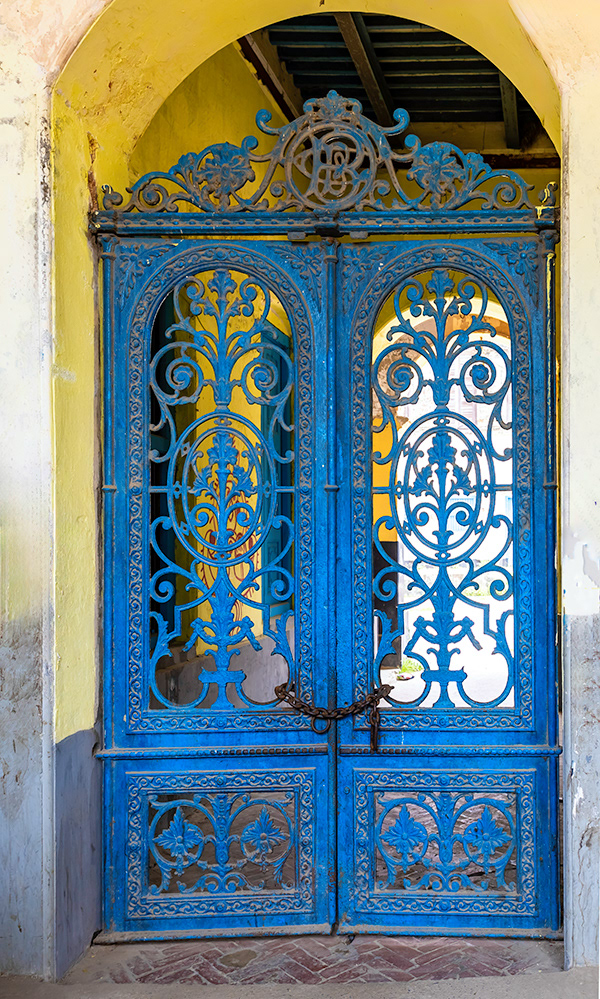
It could therefore be said that wealth made from indigo farming was the reason why this palace exists today. Built around 1889 on approximately 20.5 acres (62 bighas) of land, the palace clearly follows the European style of grand palaces of the time.
The Palace
As is the case for many Zemindar houses of the time where access to the estate was often by river rather than by road, this estate is located on the banks of the Shitalakkhya river.
The palace building is a mix of exposed red bricks and white plaster surface with its design reflecting a blend of the Mughal and European influences. Both floor and roof are rested on wooden beams.
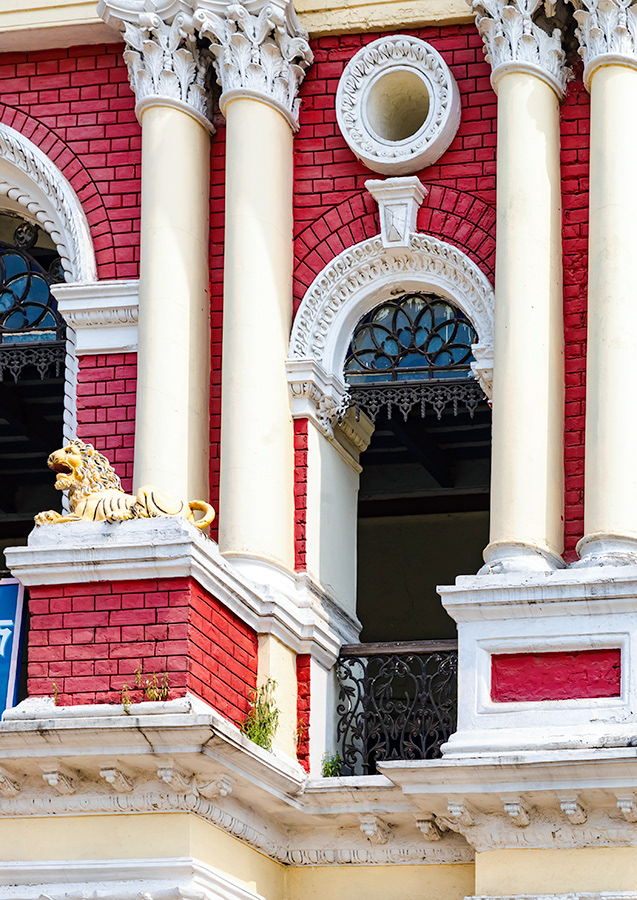
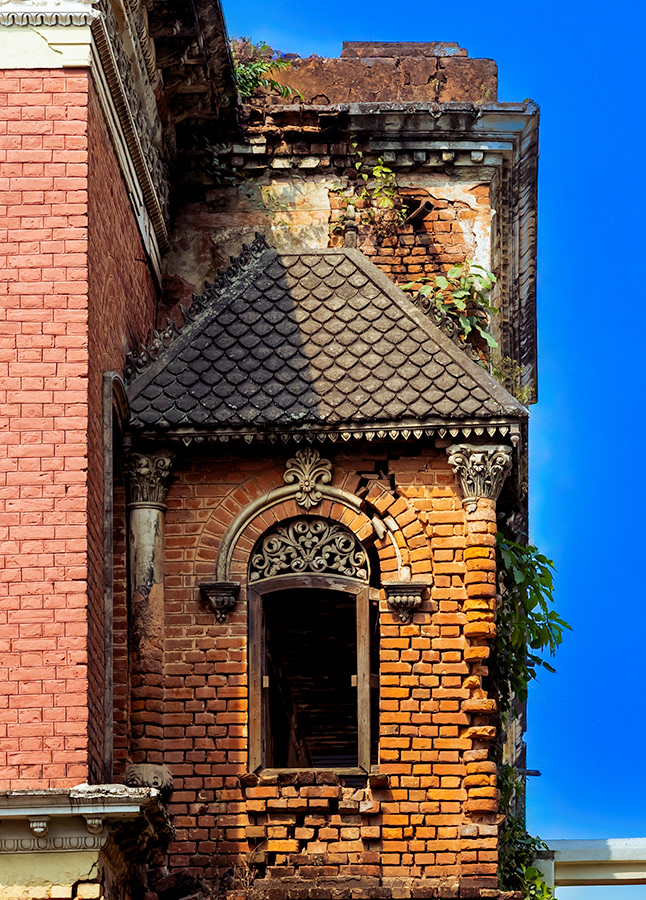
The estate consists of the main palatial building, a number of temples, storehouses, guest houses and stables. There are two ponds near the main house, one in front and one at the back. We are informed that the ponds were excavated by Vijay Chandra Banerjee in 1899, descendants of Ram Ratan Banerjee. Vijay Chandra Banerjee had two sons Jagadish Chandra Banerjee and Ashutosh Chandra Banerjee.
The main entrance to the Palace leads straight to the stair hall giving access to the upper storey. The stair hall also allowed access to the inner courtyard of the Palace. The upper floors were used purely for private or family purposes. The five large rooms on the ground floor were used for the purpose of public events. There were 95 rooms in the Palace.
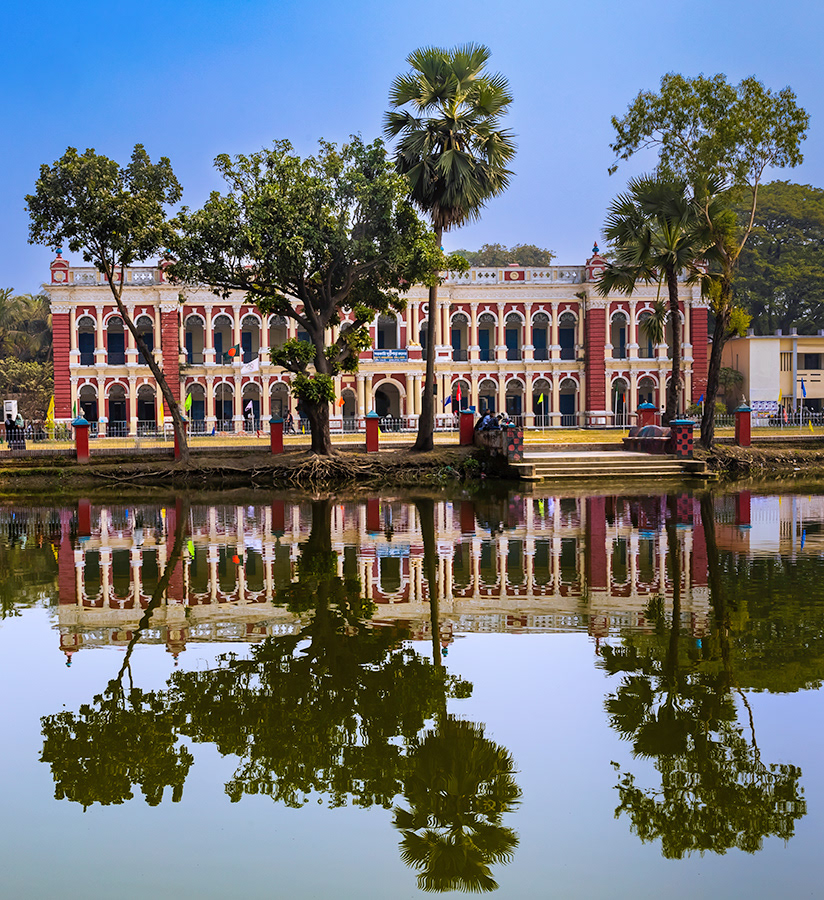
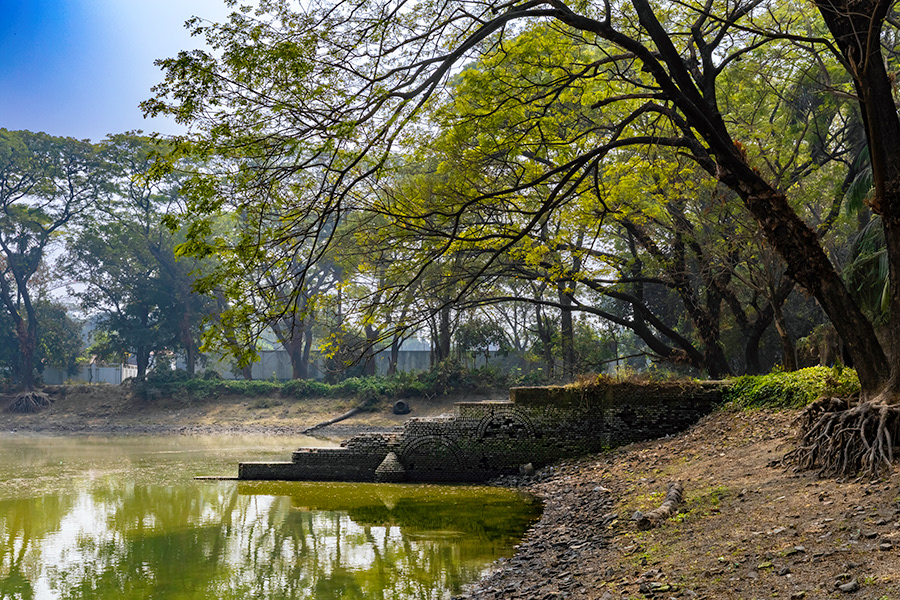
The use of the building after 1947
After the partition of India in 1947 and the passing of the East Bengal State Acquisition and Tenancy Act of 1950 which revoked the Permanent Settlement Regulations of 1793 that had created the Zemindari system (landed aristocracy) for those who were loyal to the British. The 1950 Act brought the lands of the former Zemindari estates into the hands of the then East Pakistan government. The last Zemindar, Jagadish Chandra Banerjee, who had been elected twice to the Delhi Council of State, moved to Calcutta in 1947. In 1948, the Government of Pakistan took over the house and used it to operate the Hospital and Adolescent Correctional Center. From1966, the building was used as an educational establishment.
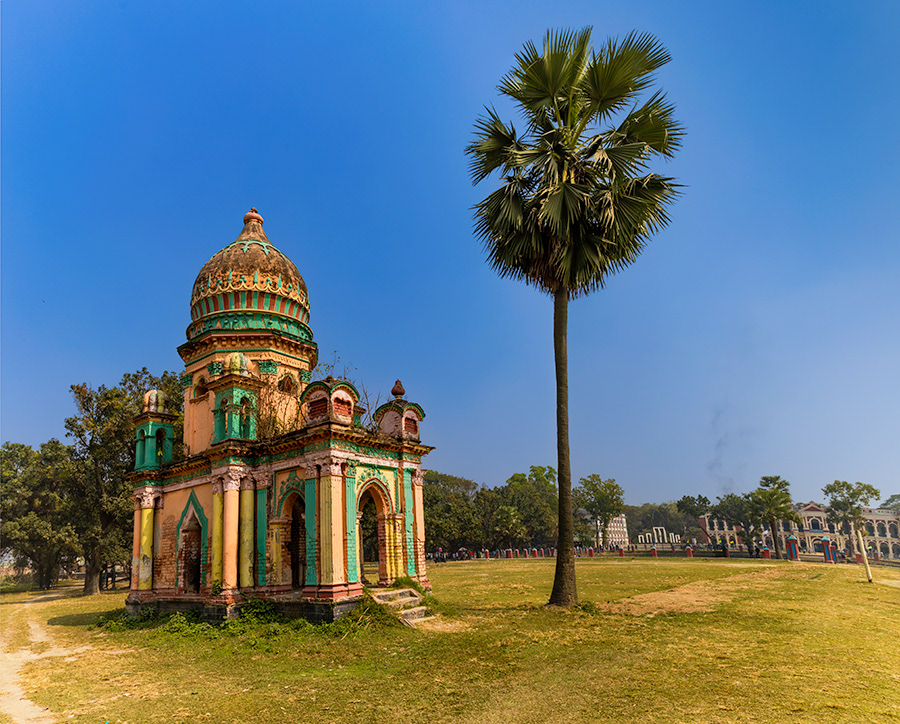
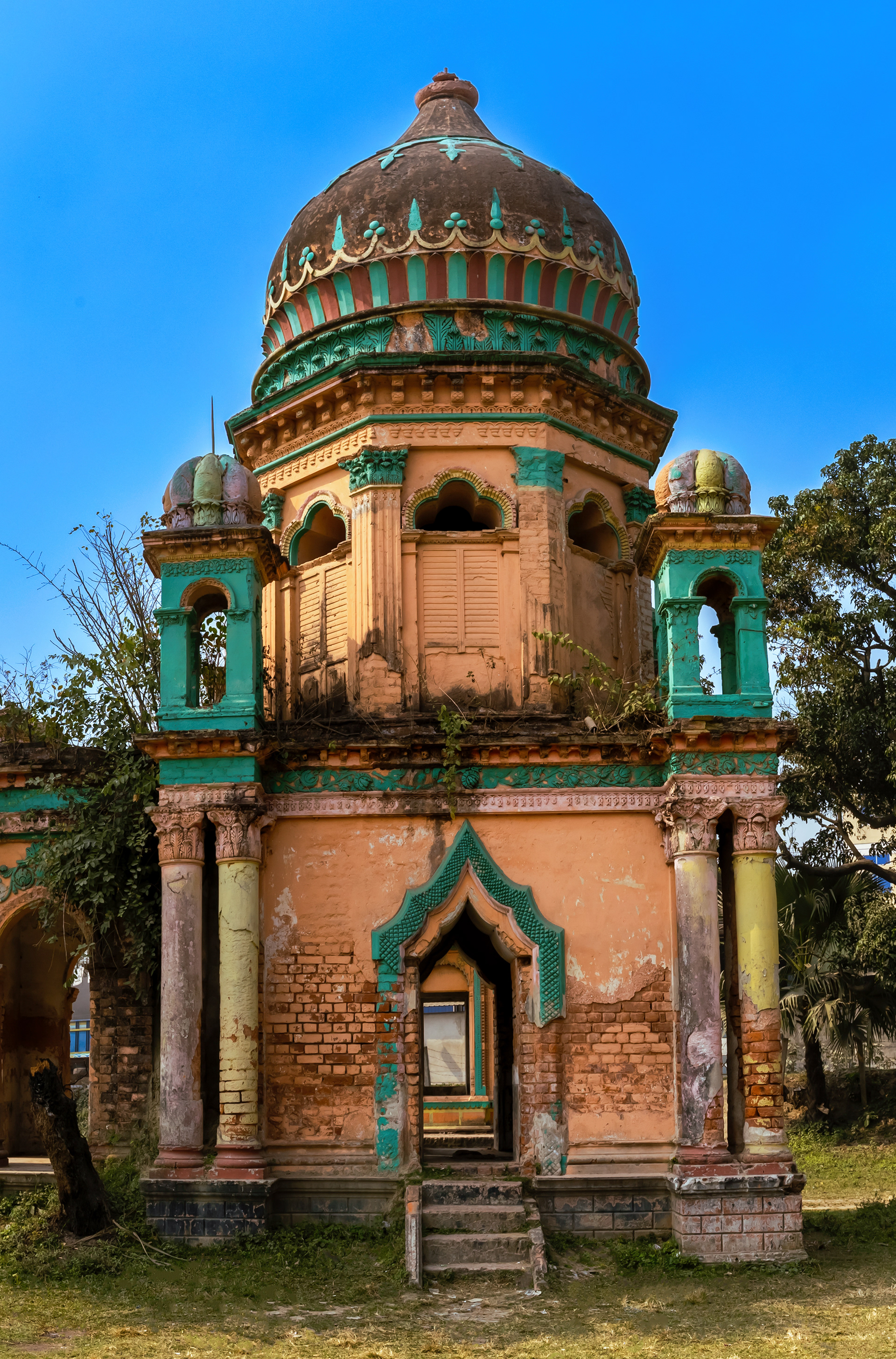
Just after Bangladesh’s war of independence, the property was used as a refugee camp. Eventually, the Bangladesh Directorate of Archeology listed Murapara Zamindar's house as an archaeological site in 1986. Today the palace building is used to house the Govt. Murapara College.
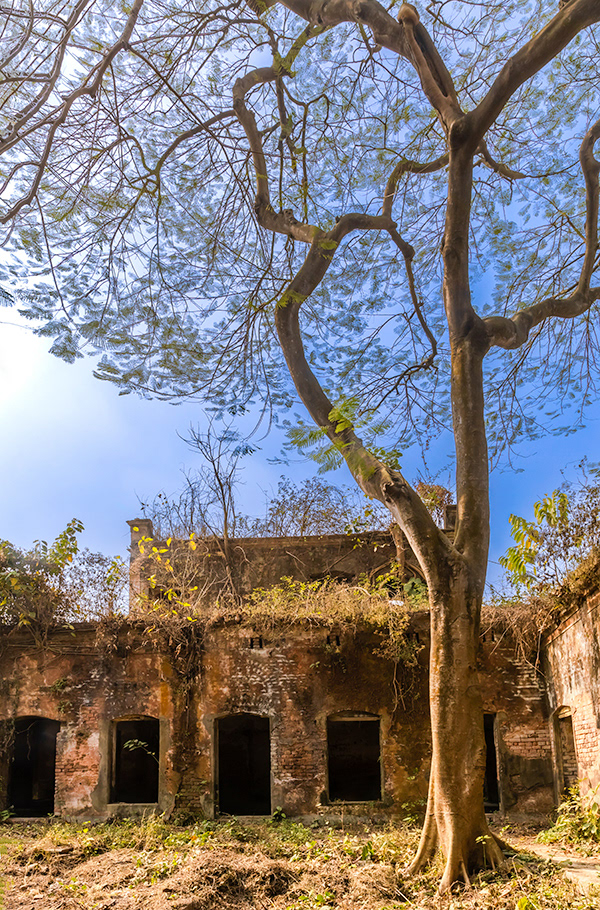

Location
Murapara Zemindar house is located in Murapara village, which is 25 km southeast of the capital, Dhaka. It falls within Rupganj sub-district of Narayanganj District, Bangladesh.
Sources


